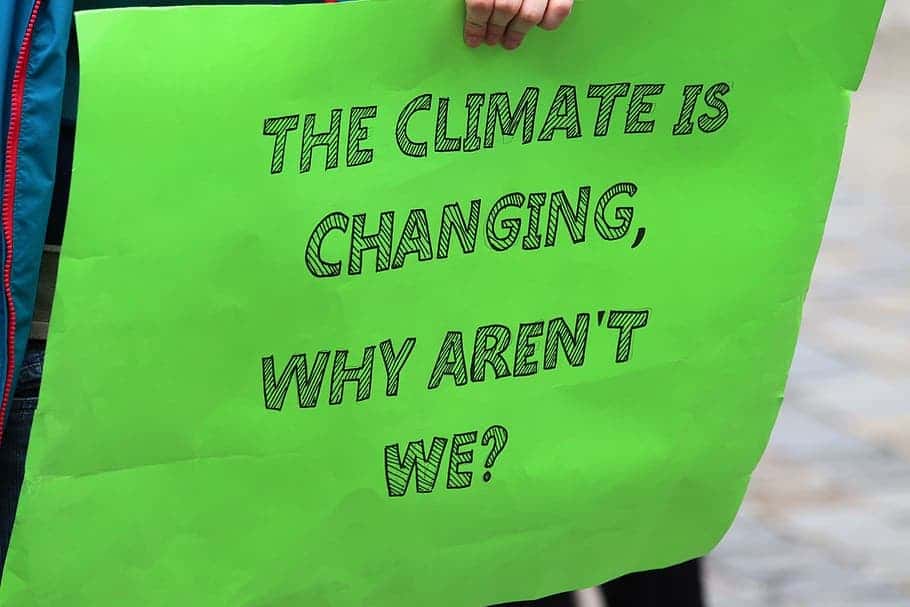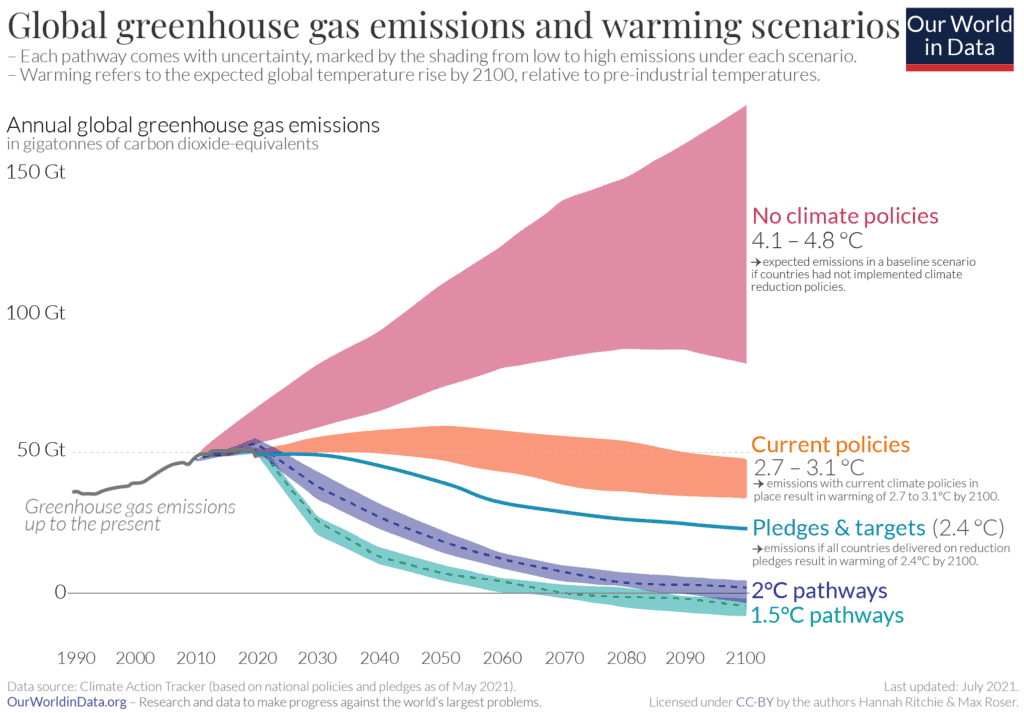
There’s a distinct irony to Boris Johnson calling out world leaders for their hollow promises on climate change.
The UK Prime Minister, who said these promises are “starting to sound hollow” and that the commitments are “drops in a rapidly warming ocean”, is familiar to hollow promises himself. Johnson has often been criticized for his failure to deliver on a number of topics, including climate. The UK recently announced its plan to transition to zero emissions, but many have pointed out that the plan is also short on specifics and rings hollow at different places.
So when, after intense all-night negotiations, world leaders finally agreed to a joint declaration on climate change, we can probably be excused for not getting our hopes up.
Sure, on paper, things look good. Not only did the leaders of G20 (which accounts for 80% of the world’s emissions and includes the European Union plus the world’s 19 richest countries) reiterate their support of the Paris Agreement to limit climate warming within 2°C, but they even made a push for 1.5°C.
“We remain committed to the Paris Agreement goal to hold the global average temperature increase well below 2°C and to pursue efforts to limit it to 1.5°C above pre-industrial levels, also as a means to enable the achievement of the 2030 Agenda,” the leaders said in a statement. “We recognize that the impacts of climate change at 1.5°C are much lower than at 2°C.”
But ultimately, the agreement made few concrete commitments. US President Joe Biden said there were a “series of very productive meetings”, but he rightly pointed out that China and Russia (among the world’s biggest polluters) “basically didn’t show up” on matters of the climate. In fact, China and Russia, along with India and Australia, made a push against a firm statement about ending the use of coal. European diplomats were pushing on a firm target to end the use of coal, but supporters of fossil fuel could not be budged.
The leaders agreed to end international public financing of new coal power by the end of this year, but domestic financing of coal plants was not addressed — let alone ending the use of coal altogether. This political stalemate does not bode well for COP26 — the global climate summit that starts today.
Five years ago, at the 21th COP in Paris, we got the Paris Agreement — the landmark international climate pact in which all countries agreed to limit their emissions to keep temperature rise to within 2 degrees Celsius — and now it’s time for countries to update their national plans to reduce emissions — hopefully with more ambitious plans.
But this doesn’t seem to be the case. Even if current committments are respected (which is already a big ‘if’) that only puts us on a trajectory for a warming of 3 degrees Celsius.

So if we are to avoid catastrophic climate change, we need more tangible action and we need it now. There seems to be an impending feeling of “now or never” in the air, with Boris Johnson telling G20 leaders that “If Glasgow fails, then the whole thing fails.” Unfortunately, many felt that the G20 didn’t deliver. Oscar Soria, of the activist network Avaaz, told the agency there was “little sense of urgency” coming from the group, adding: “There is no more time for vague wish lists, we need concrete commitments and action.”
Even António Guterres, Secretary-General of the United Nations expressed his disappointment with the result, saying his hopes are “unfulfilled” but at least “not buried.”
Still, not all is lost yet. France’s President Emmanuel Macron told newspaper Journal du Dimanche that “nothing is ever written before a COP”, while a US official told reporters that G20 was about “helping build momentum” before the leaders head to Glasgow for COP. With the conference kicking off today, the message of G20 leaders is expected to set the tone for negotiations and lend a push for the uphill battle of fighting climate change.
We’ve seen in the pandemic that the world can take decisive action quickly with the right drive, and climate change is a challenge equal in scale (or even greater) than the pandemic. Hopefully, world leaders will manage to recreate that same drive and put the world on a path that avoids some of the worst effects of climate change.
The scientific consensus is that if global temperatures rise by 2 degrees Celsius, the likelihood of climate catastrophes increases substantially. This translates into increased global hunger, water crises, disease, and conflict. Even 1.5 degrees would be problematic, but it is much more manageable than 2 degrees. Meanwhile, the 3 degrees warming we’re currently headed for would be catastrophic, bringing devastating loss of life and economic decline across all of the planet. It’s pretty much our last chance to take action that avoids all these negative effects. If we don’t act, the window of opportunity may soon be closed.






